Plansewalkers just clicked for me in Magic. I had a passing knowledge of the game all through the mid 2010s, but it was Planeswalkers that pushed me to start playing. For people new to the Magic IP, Planeswalkers are a good starting reference to many concepts: the colors of mana, planes and interplanar travel, and the many flavors of magical creatures across the multiverse. Other card games similarly benefit from having a type of card that serves as a ‘face’ for decks, such as Hearthstone’s Classes or the Heroes of Flesh and Blood. Now, in a post-War of the Spark world, the planeswalker has become a common card type across many formats. With more time for the card type to specialize, and with the recent story events surrounding planeswalkers being compleated, now's a good opportunity to look back over the type and decide what makes a good planeswalker card.
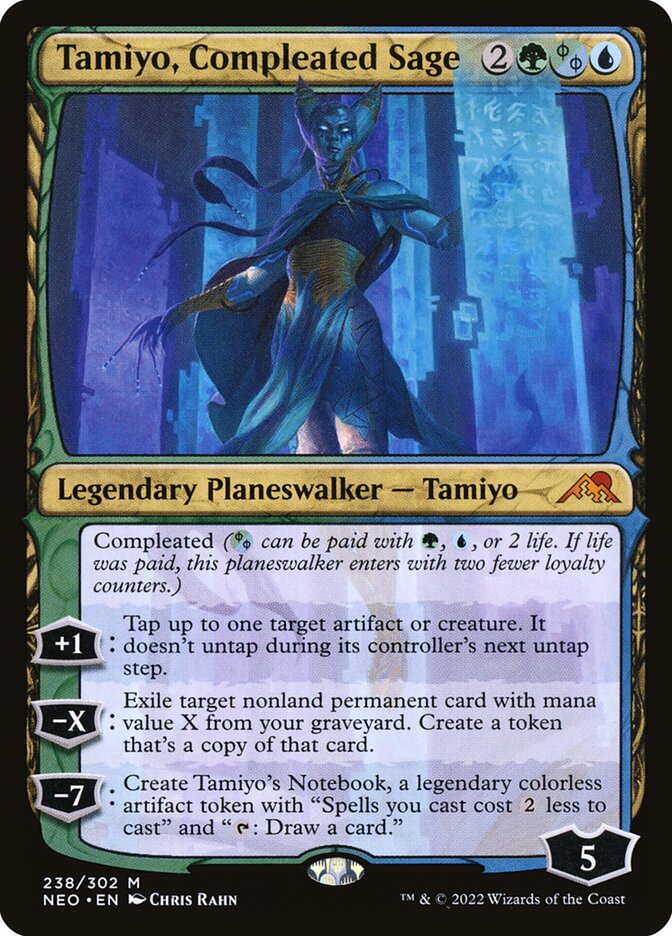
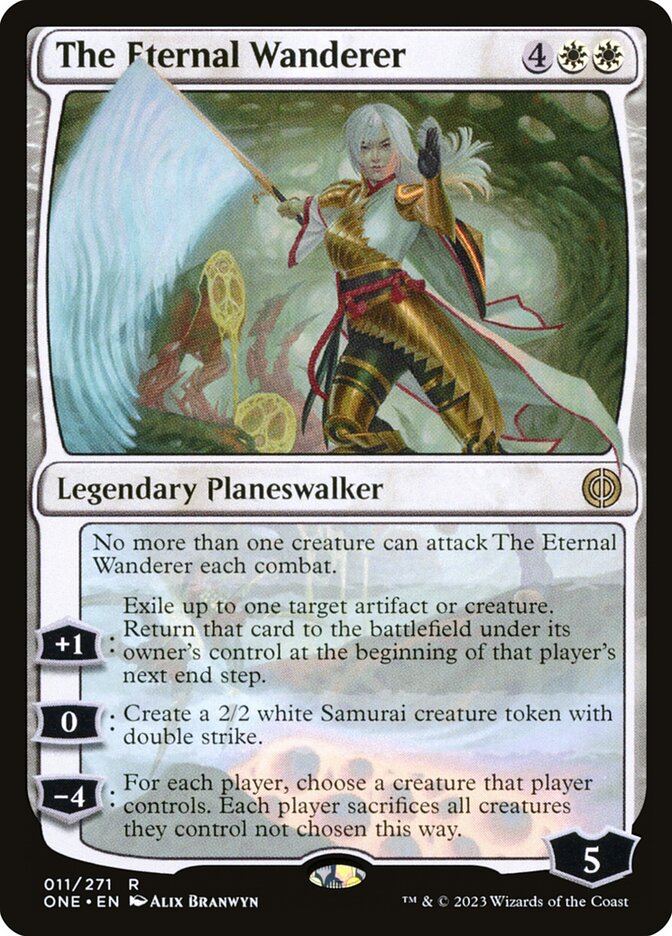
For the third time in three weeks, I get to remind everyone that Lorwyn is an amazing set and also gave us the original planeswalkers. Originally they were slated to show up in the original 2006 Time Spiral, but RnD decided they needed a little more time in the oven. The first planeswalkers weren’t meta-defining, as the community was still learning how powerful they could be, and what decks they fit into. Early planeswalkers also had this nasty habit of being hard to cast- either they were mono-color with multiple pips, which made them hard to splash, or they were expensive outright. This was somewhat mitigated with Magic Origins’ flip-walkers, which had a cheap creature that players could then flip over once they pay a cost or meet a condition. This was a huge flavor win, since it mimicked how a planeswalker's spark would ignite in the lore, and also started to set the precedent that planeswalker cards were representations of mages at different levels of their power. A planeswalker card could offer a vignette of a character through the tools of mana cost, abilities, and loyalty.
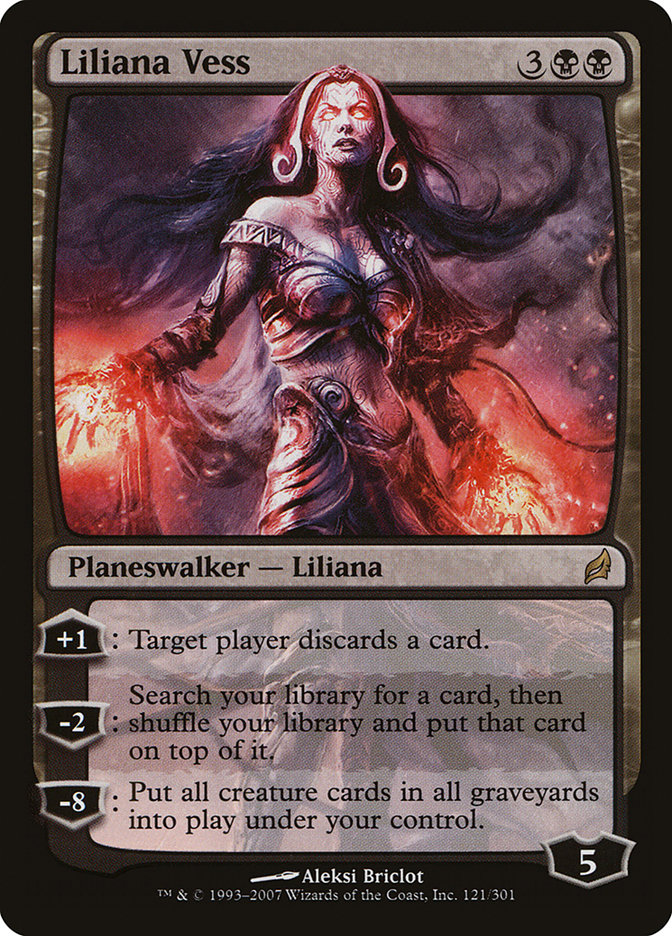
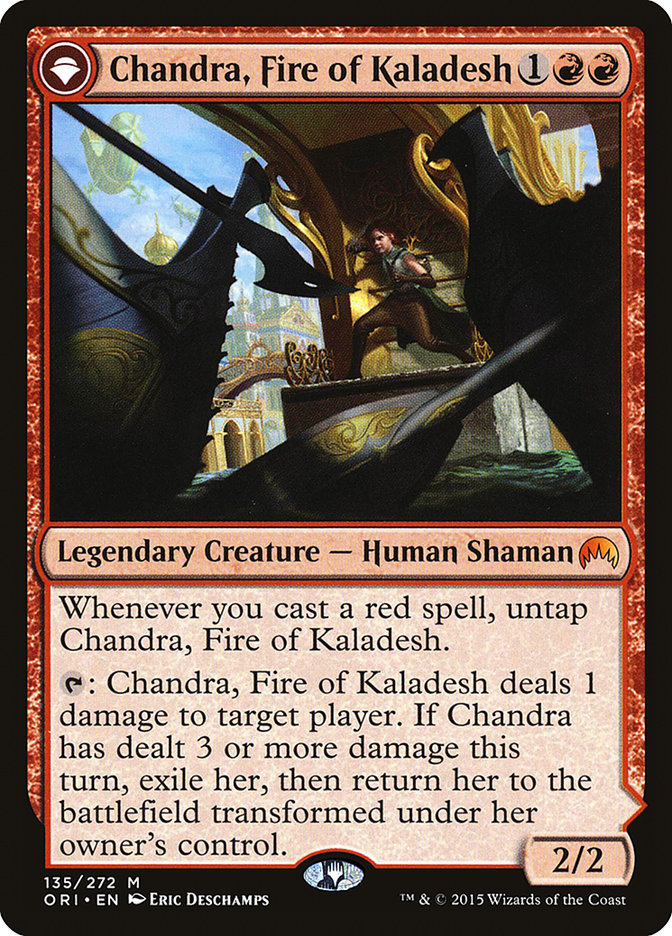

Wizards was quick to address the faults of the earliest walkers by two vectors: more generic abilities would make a cheaper or more splashable planeswalker, and more expensive or complex mana costs would grant unique minus abilities and ultimates. Jace, the Mind Sculptor is the most iconic, a staple of old school magic and the first great planeswalker. Dack Fayden and Saheeli Rai both showed off the principles set by JtMS as core parts of each of the decks running them. Later on in Ixalan, we would see the latter in Vraska, Relic Seeker. Expensive yes, but highly effective with good starting loyalty and powerful plus and minus abilities. Karn, Scion of Urza wasn't quite shattering formats like his future self would be, but it gave us our first look at the flexibility that comes with being a colorless planeswalker. Dominaria also gave us Teferi, Hero of Dominaria and started a long curse of a boogyman Teferi to watch out for. Then of course, the next big outing for the planeswalkers was War of the Spark. The set probably deserves its own retrospective, but many many formats felt the fallout of War of the Spark. Standard suffered under Teferi, Time Raveler, Commander got new nightmares from Wheels + Narset, Parter of Veils, Karn the Great Creator was turning every format with a sideboard into a free sweep, and Ugin was closing out games with any deck that could stomach the 6 mana cost.
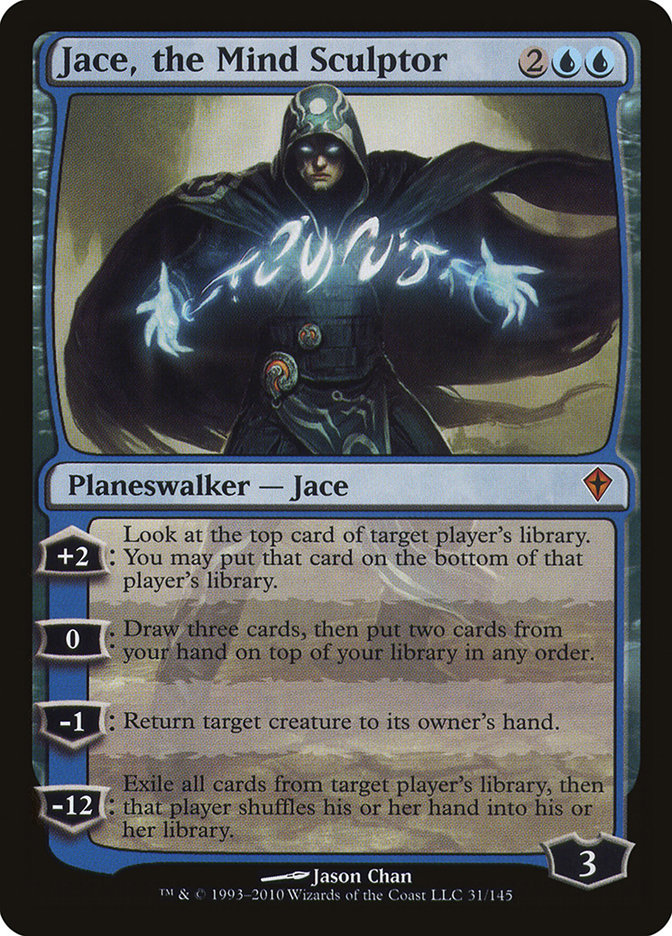
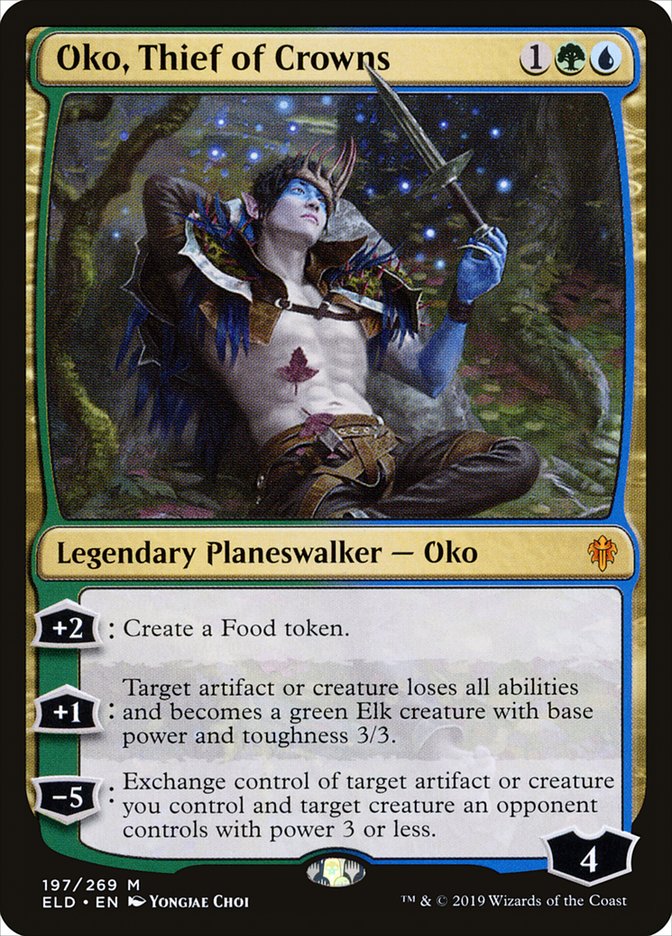
And despite all of this, none of these cards would stand up to what would be delivered to the metagame in Throne of Eldrane. Oko, Thief of Crowns is the most powerful planeswalker ever printed, full stop. Banned in Modern, Pioneer and even Legacy, Oko was a mistake by admission of Wizards’ RnD. Three mana scored you six loyalty in a set that could see Oko on turn two. The hate piece for Green planeswalkers, Fry, couldn't even kill Oko on the turn he was played. While creating a Food token seems like a.. Whatever ability, it was the fact that a +2 existed on a card with four starting loyalty. Food was a completely valid archetype in Eldrane, and having a source of life or a permanent that could be affected by Oko’s OTHER plus ability was game-winning. Oko was durable, could protect himself, had massive loyalty gains, and most importantly: was only 3 mana in the two best colors for ramp at the time. Oko demonstrates every facet that a good planeswalker needs: More loyalty than mana, means to protect itself, impactful removal or disruption, and a mana cost or complexity that enables it to be ramped out early. Having one of these facets makes for a good planeswalker. Having all of these makes for the strongest planeswalker ever printed… in the terms of the game at least.

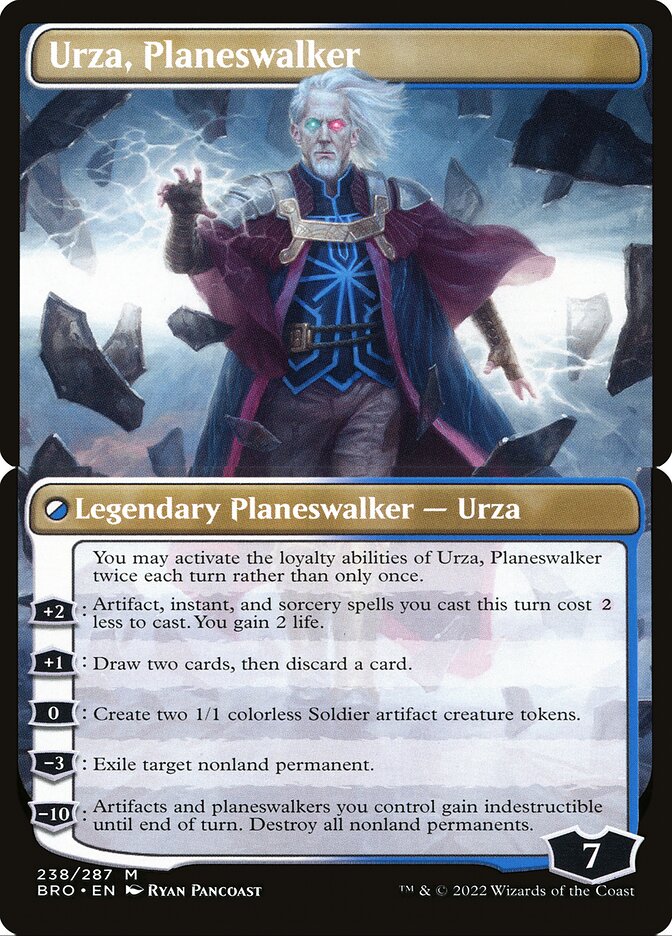
Because Planeswalkers aren’t just game pieces: they’re story moments and representations of powerful characters. Nicol Bolas doesn't share his brother’s meta defining presence, in fact Nicky B has not had a good card… ever. They’re split across three colors, or are too expensive, or hardly impact the game you get over the monolithic mana cost. But, it's evocative. Seeing a Nicol Bolas card is seeing the might of an old walker represented in iconic spells and abilities. Fans of Chandra or Jace know there are expensive, unplayable versions of these characters, but those cards display masters of their mana colors. As an avid Ajani fan, I know most of his cards are bad, but I love to see what effects and emblems the card gets. The most recent compleated planeswalkers have yet to see play in competitive decks, but they are oozing with flavor and represent the stakes of the most recent Magic story. When one of the recent planeswalkers from the March of the Machine story previews was released, there was this odd consensus amongst everyone who was following the story: this planeswalker feels weaker on the card then they were in the story. It’s disappointing to see a hyped reveal in the story fall flat on the game piece: for an exact inversion of what happened with the MoM reveal, look at Nicol Bolas, Dragon-God. Nobody outside of the battlecruiser commander player was seeing this hit the field… but damn it's cool seeing the pinnacle of years of the Bolas story coming together to showcase the power of an Oldwalker who’s stolen countless sparks. So, to answer our question again, a good planeswalker is evocative, memorable, and represents the character's growth in the story of Magic: The Gathering.










